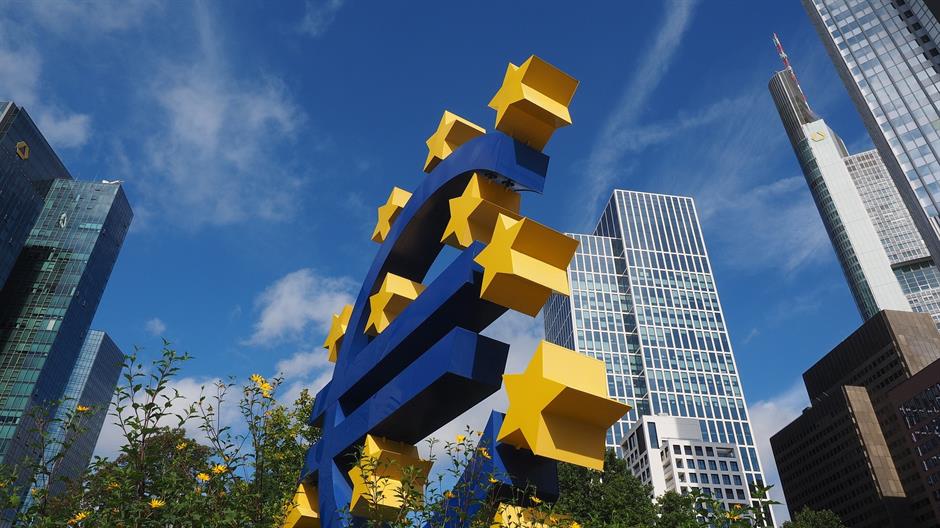
Croatia could join the European Exchange Rate Mechanism (ERM II), seen as a waiting room for eurozone entry, in about a year, Prime Minister Andrej Plenkovic said in Brussels on Wednesday after meeting with Commission Vice-President for the Euro and Social Dialogue Valdis Dombrovskis.
"I think we have done well all the prerequisites and believe that we will receive support at Eurogroup level and at other levels when final decisions are made. As usual, this process will take about a year," Plenkovic told the press.
The ERM II accession procedure requires Croatia's central bank governor and finance minister to send a letter to Brussels, after which the process of evaluation of each policy area begins.
Plenkovic said that this entire process was well planned and coordinated by relevant Croatian institutions and the government, adding that they were in close contact with the Commission and the Eurogroup.
ERM II is a sort of waiting room in which each candidate country has to spend at least two years before joining the eurozone.
European Commission President Jean-Claude Juncker said during a visit to Zagreb earlier this month that Croatia was fully prepared to join ERM II soon.
A country's admission to ERM II is decided by all eurozone countries and the European Central Bank.
According to the Commission's latest convergence report of May 2018, Croatia meets all the criteria for eurozone entry except one, and that is participation in ERM II for at least two years.
Croatia is expected to join the eurozone around 2023 at the earliest.
On Wednesday evening, Plenkovic attended a reception given by three Croatian diplomatic missions in Brussels to mark Croatian Statehood Day, which is observed on June 25.
On Thursday, he is scheduled to attend a meeting of the European People's Party (EPP) and an EU summit. In the morning, he is due to meet with five EU prime ministers to discuss the appointments of new heads of European institutions.
Kakvo je tvoje mišljenje o ovome?
Pridruži se raspravi ili pročitaj komentare



 Srbija
Srbija
 Bosna i Hercegovina
Bosna i Hercegovina
 Slovenija
Slovenija







